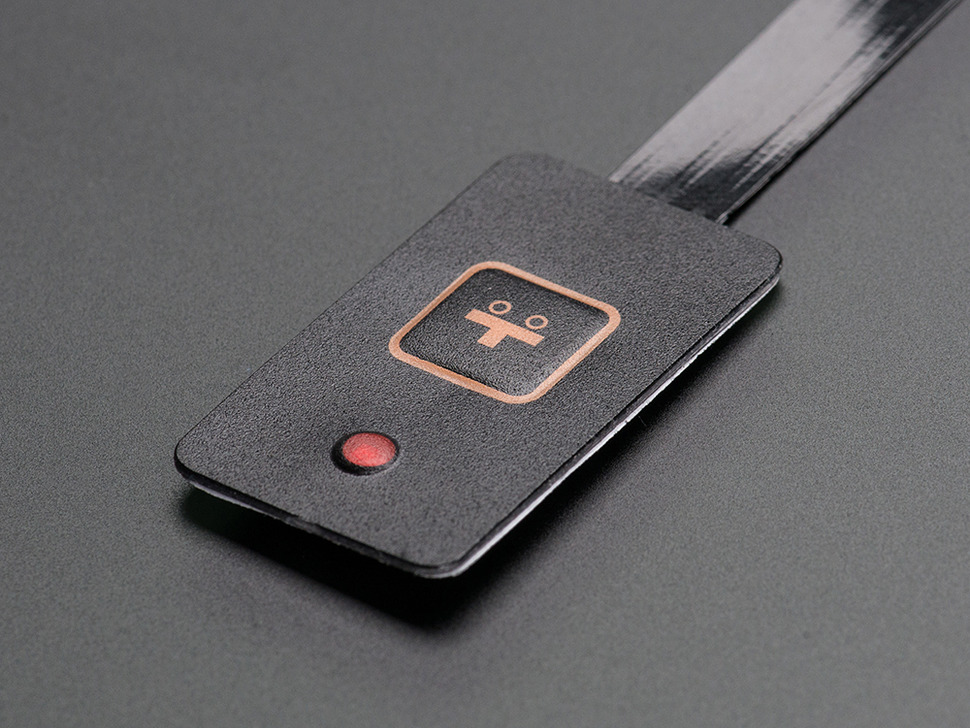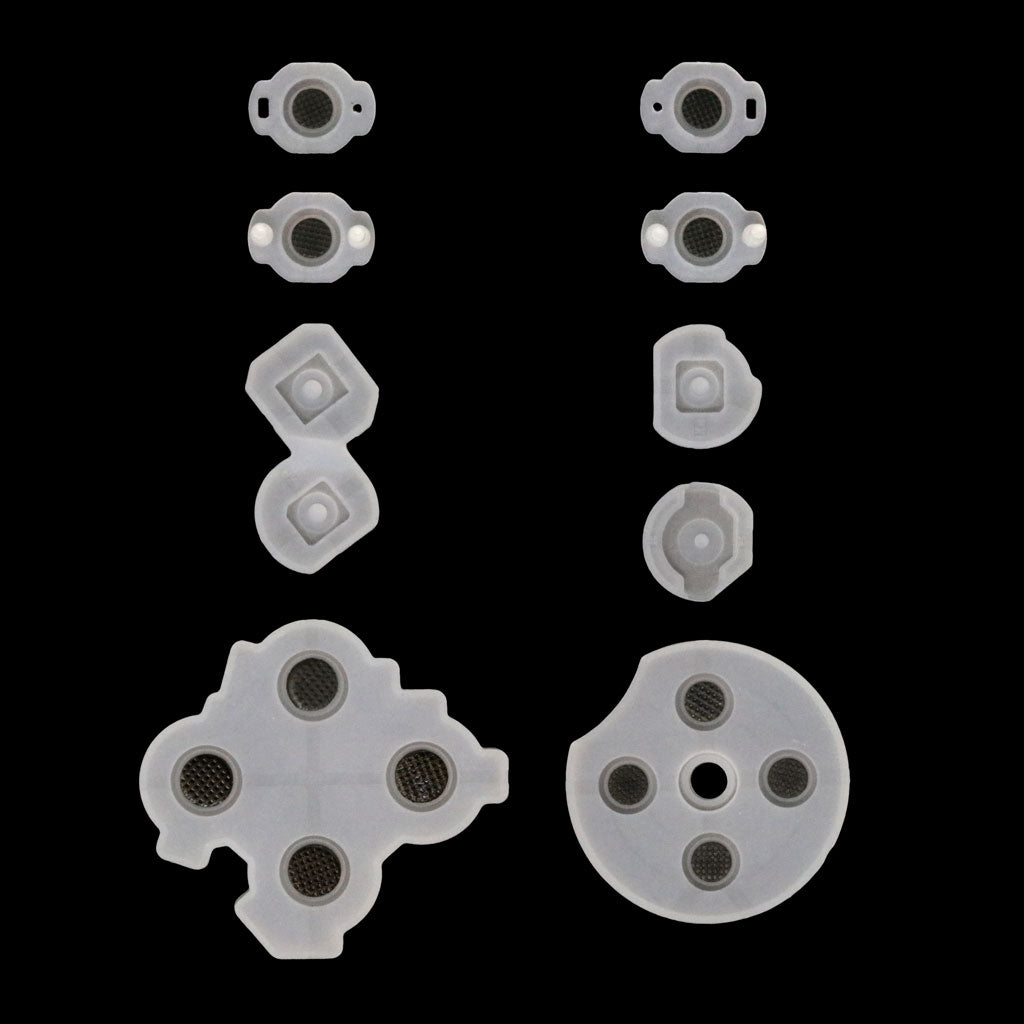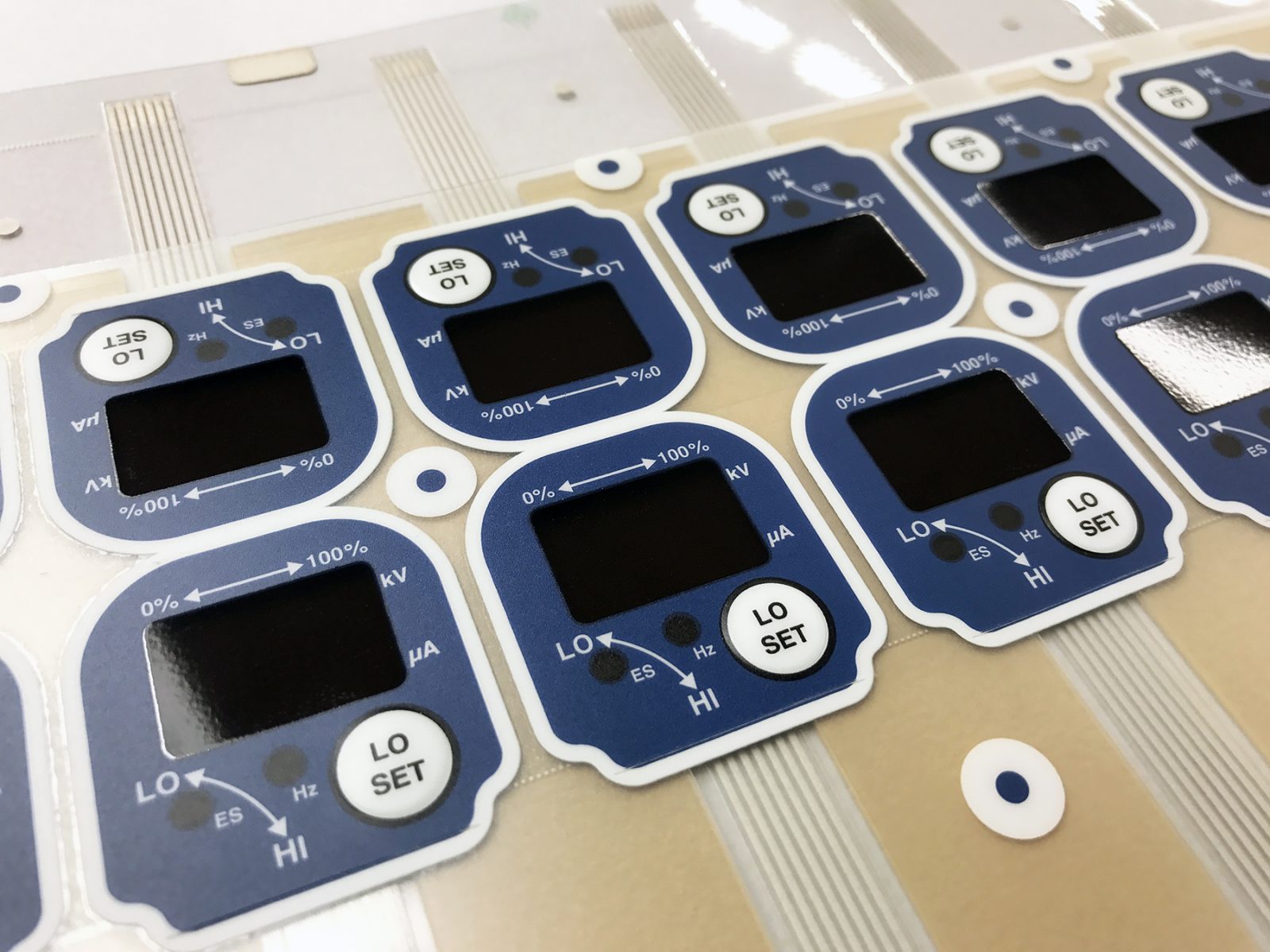International Membrane Switch Manufacturer with Scalable Production Options
Comprehending the Significance of Membrane Switch in Modern Electronic Devices and Their Applications
Membrane changes function as a necessary part in modern-day electronic devices, offering an efficient user interface for user interaction. Their lightweight and adjustable nature makes them appropriate for a variety of applications across varied markets. Recognizing their vital components and advantages can give insights into their growing significance. As innovation continues to development, the evolution of Membrane changes elevates questions about their future applications and style advancements. What lies ahead in this vibrant area?

What Are Membrane Buttons?
Membrane switches are vital components in modern electronics, working as interface that promote communication in between users and gadgets. These buttons include several layers, including a graphic overlay, an adhesive layer, and a circuit layer, all of which collaborate to create a durable and useful user interface. The design allows for a level, low-profile solution that can be customized relating to size, shape, and visual look, making them ideal for numerous applications, from consumer electronic devices to clinical gadgets. The responsive comments supplied by Membrane switches enhances customer experience, while their resistance to dust and dampness makes them perfect for testing settings. Membrane buttons can include attributes such as backlighting and published graphics, even more increasing their use. Their flexibility and robustness make them a recommended selection in industries where reliability and simplicity of use are critical, eventually adding to the smooth operation of contemporary electronic gadgets.
Trick Parts of Membrane Switches
While numerous parts contribute to the functionality of a membrane switch, three key layers play significant roles in its design and procedure. The leading layer, normally made from a durable polymer, acts as the interface for user communication, usually including printed symbols and graphics. Below this is the spacer layer, which preserves the necessary distance between the top layer and the circuit layer. This spacer layer guarantees that the button activates just when pressed, avoiding unintentional inputs. The circuit layer has conductive traces that finish the electrical circuit when the leading layer is dispirited. These traces can be made from different products, consisting of copper or silver. With each other, these components produce a trusted and durable tool that is portable and functional, ideal for a vast array of digital applications, from home appliances to medical tools. Understanding these key components is crucial for valuing the general capability of Membrane switches.
Advantages of Using Membrane Switches

Membrane Switch Manufacturing Process
Comprehending the Membrane button production procedure discloses the detailed actions included in creating these important elements. The process usually starts with the design phase, where formats and specs are developed making use of specialized software program. Following this, the graphic overlay is published on a flexible substratum, often using high-resolution printing strategies to ensure quality and precision.Next, the sticky layers are used, which serve to bond the various elements with each other. The circuit layers, made from conductive inks or materials, are after that printed onto a different substrate. These layers are meticulously aligned and laminated flooring to produce a practical switch.After setting up, the buttons go through testing to verify functionality and sturdiness. Quality control procedures are applied throughout the process to determine and remedy any defects. The completed Membrane buttons are packaged and prepared for circulation, prepared to satisfy the demands of modern-day electronic applications.
Applications of Membrane Switches in Different Industries
Membrane switches are increasingly utilized across numerous industries, specifically in medical equipment and customer electronics. In the medical field, they provide dependable control interfaces for devices that call for accurate procedure. In consumer electronic devices, these switches improve individual interaction by using sleek and responsive interfaces.
Medical Devices Control
Many modern-day clinical tools make use of Membrane buttons for streamlined operation and improved customer communication. These buttons give a reputable, durable user interface for a selection of applications, consisting of diagnostic tools, patient monitoring systems, and medical tools. Their personalized styles enable specific designs that can fit the one-of-a-kind demands of health care specialists, making certain intuitive navigating and reliable access to crucial features. Furthermore, Membrane buttons are immune to pollutants, making them appropriate for sterile atmospheres. The tactile feedback they offer can boost customer self-confidence, lowering the risk of mistakes during essential medical treatments. In general, the integration of Membrane switches in clinical tools significantly adds to improved functional performance and individual security in health care settings.
Consumer Electronics Interfaces
In the domain name of consumer electronic devices, Membrane switches play a vital role in improving individual interfaces throughout a wide variety of devices. These switches are indispensable to items such as remote controls, microwaves, and video gaming consoles, giving a straightforward and efficient interface. Their layout permits a seamless combination of graphics and performance, allowing producers to develop streamlined, modern-day looks without endangering functionality. Membrane switches are additionally understood for their durability, commonly withstanding comprehensive use and exposure to numerous environmental problems. Furthermore, they can incorporate functions like backlighting and responsive responses, further boosting the individual experience. As consumer needs for innovative yet instinctive interfaces expand, Membrane switches over remain to be an essential part in advancing digital gadget performance.
Style Considerations for Membrane Switches
Designing efficient Membrane switches over needs careful attention to different factors that influence both functionality and customer experience. One important factor to consider is the option of products, as they can affect durability, tactile responses, and aesthetic allure. Choosing an ideal adhesive is important for ensuring long-lasting adhesion and resistance to environmental factors.In addition, the layout and design of the switch must suit customer communication, with switch sizes and spacing optimized for convenience of use. The consolidation of graphics and labeling must prioritize clarity and exposure under numerous lights conditions.Consideration of electric attributes, such as actuation force and button level of sensitivity, will enhance the responsiveness of the Membrane switch. The style should fit producing processes to guarantee cost-effectiveness and prompt manufacturing. On the whole, a well-balanced layout enhances both the individual and the functionality experience of Membrane buttons in contemporary electronics.

Future Patterns in Membrane Switch Modern Technology
As technology remains to progress, Membrane switches are poised to incorporate new improvements that will certainly enhance their performance and application in different areas. One substantial pattern is the incorporation click here for more of adaptable and long lasting materials, which will enhance the lifespan and integrity of these buttons. Boosted surface textures and personalized graphics are likewise expected, enabling more intuitive user interfaces.Moreover, the combination of clever technology, such as touch-sensitive surface areas and haptic responses, is anticipated to enhance individual communication, making Membrane switches extra responsive and engaging. Additionally, developments web link in printed electronics will make it possible for much more complex wiring within thinner profiles, even more increasing style possibilities.Sustainability will additionally play an essential role in future developments, as makers explore green materials and production processes. Generally, these fads will assure that Membrane switches over continue to be appropriate and essential in a increasingly electronic and interconnected world.
Regularly Asked Questions
How Do Membrane Switches Over Contrast to Conventional Mechanical Switches?
Membrane switches over offer advantages over traditional mechanical switches, including lowered dimension, lighter weight, and improved resilience. They generally offer a secured surface, boosting resistance to dust and dampness, making them perfect for varied applications.
What Products Are Frequently Used in Membrane Switch Building And Construction?

Can Membrane Switches Over Withstand Extreme Environmental Issues?
Membrane buttons can withstand severe ecological problems, depending on their style and products. Premium buildings commonly feature sturdiness versus temperature level variations, moisture, and exposure to chemicals, making them appropriate for various demanding applications throughout industries.
The Length Of Time Do Membrane Switches Over Commonly Last Prior To Failing?
Membrane switches over usually exhibit a life-span varying from 1 to 10 million actuations, depending on aspects such as usage regularity, environmental conditions, and producing quality. Regular maintenance can extend their longevity and operational dependability significantly.
Are Membrane Switches Over Personalized for Particular Applications?
Membrane switches are without a doubt customizable for certain applications. They can be tailored in functionality, dimension, and layout, permitting makers to fulfill unique user needs and enhance item looks while maintaining functional performance and toughness. Membrane switches are vital elements in modern electronic devices, offering as customer interfaces that help with interaction in between tools and individuals. The tactile feedback supplied by Membrane changes boosts user experience, while their resistance to dirt and wetness makes them suitable read more for challenging environments. The unification of graphics and labeling must prioritize clarity and visibility under numerous lighting conditions.Consideration of electric attributes, such as actuation force and button level of sensitivity, will certainly enhance the responsiveness of the Membrane button. Improved surface structures and personalized graphics are additionally anticipated, enabling for more instinctive user interfaces.Moreover, the combination of clever modern technology, such as touch-sensitive surfaces and haptic feedback, is anticipated to improve user communication, making Membrane switches extra responsive and appealing. Membrane switches over deal benefits over traditional mechanical switches, including decreased dimension, lighter weight, and enhanced toughness.